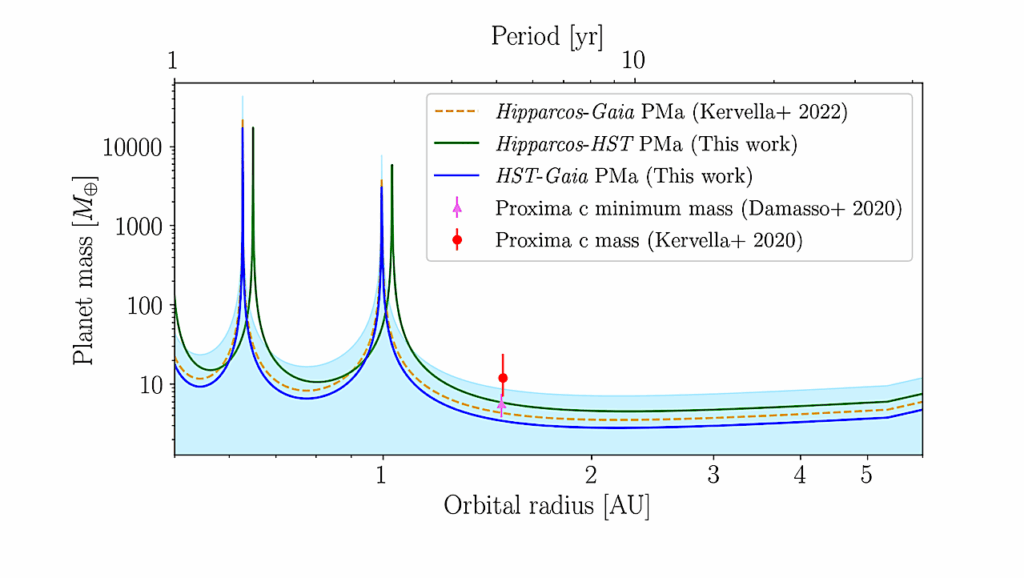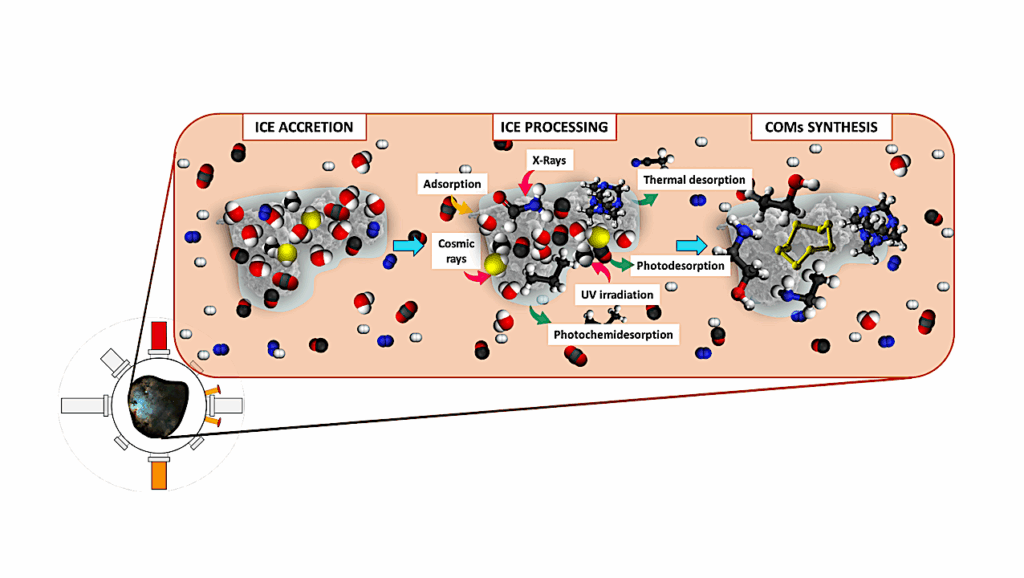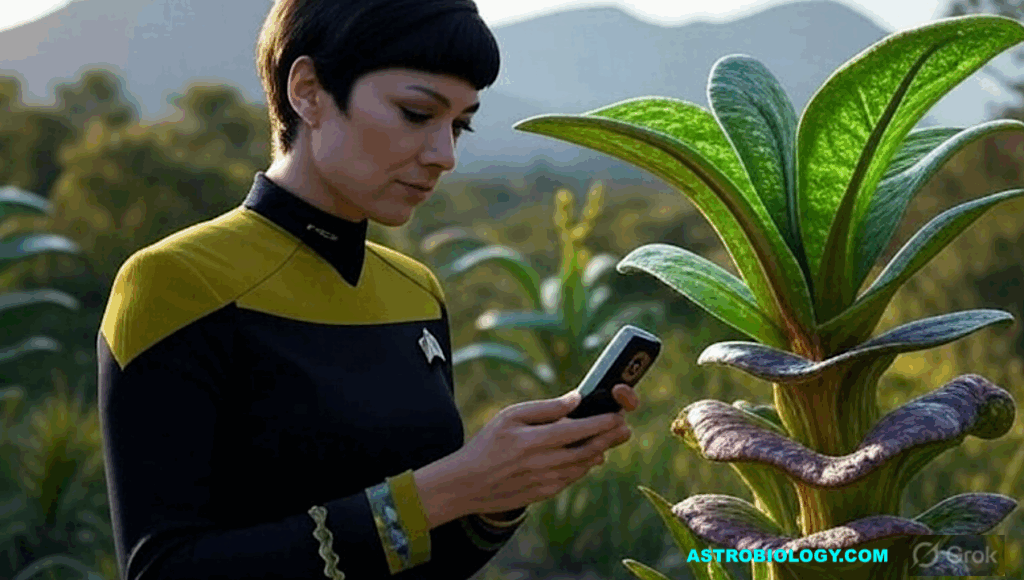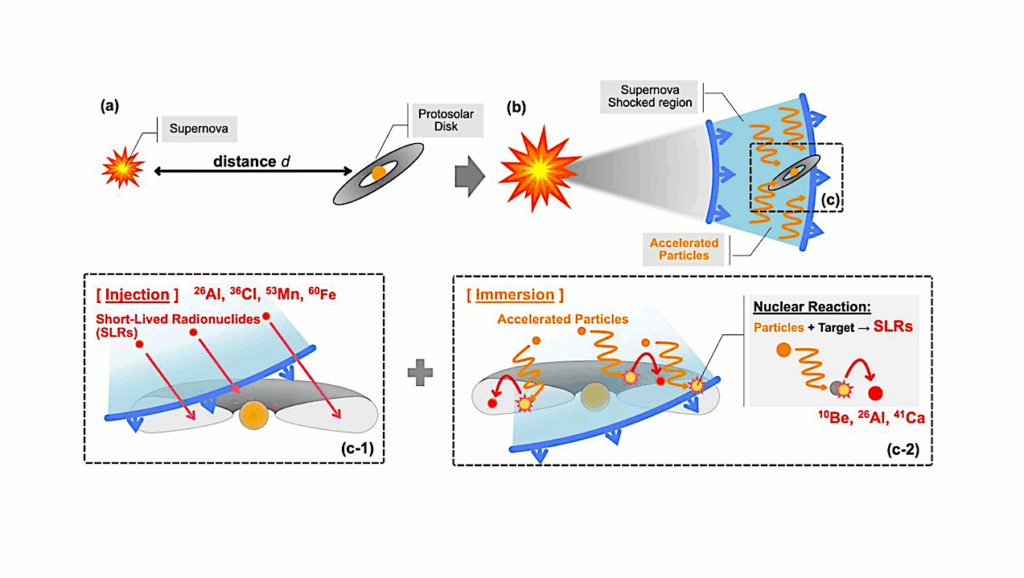Characterization Of Exoplanetary Atmospheres With SLOPpy
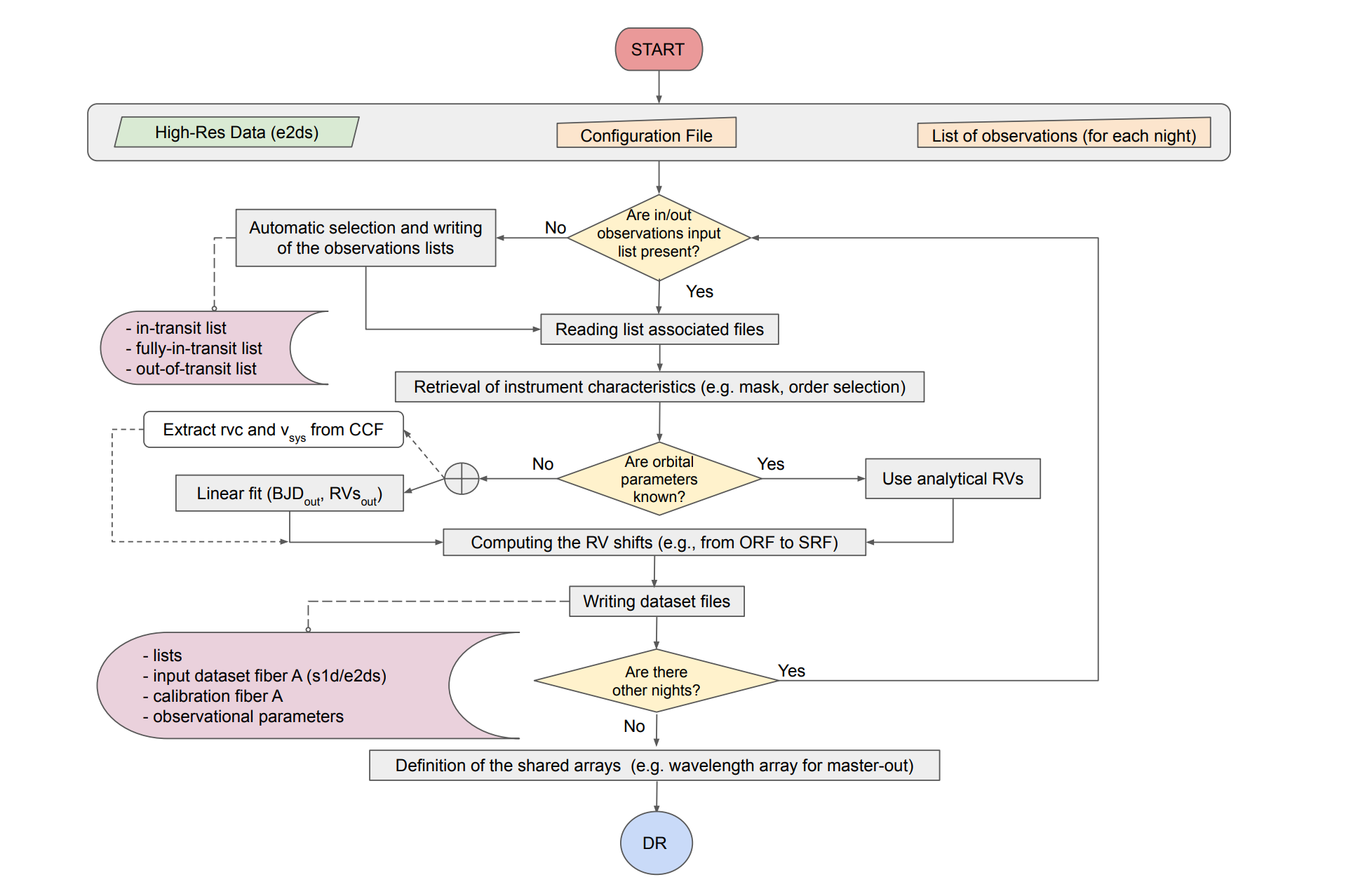
Transmission spectroscopy is among the most fruitful techniques to infer the main opacity sources present in the upper atmosphere of a transiting planet and to constrain the composition of the thermosphere and of the unbound exosphere.
Not having a public tool able to automatically extract a high-resolution transmission spectrum creates a problem of reproducibility for scientific results. As a consequence, it is very difficult to compare the results obtained by different research groups and to carry out a homogeneous characterization of the exoplanetary atmospheres. In this work, we present a standard, publicly available, user-friendly tool, named SLOPpy (Spectral Lines Of Planets with python), to automatically extract and analyze the optical transmission spectrum of exoplanets as accurately as possible.
Several data reduction steps are first performed by SLOPpy to correct the input spectra for sky emission, atmospheric dispersion, the presence of telluric features and interstellar lines, center-to-limb variation, and Rossiter-McLaughlin effect, thus making it a state-of-the-art tool. The pipeline has successfully been applied to HARPS and HARPS-N data of ideal targets for atmospheric characterization.
To first assess the code’s performance and to validate its suitability, here we present a comparison with the results obtained from the previous analyses of other works on HD 189733 b, WASP-76 b, WASP-127 b, and KELT-20 b. Comparing our results with other works that have analyzed the same datasets, we conclude that this tool gives results in agreement with the published results within 1σ most of the time, while extracting, with SLOPpy, the planetary signal with a similar or higher statistical significance.
Daniela Sicilia, Luca Malavolta, Lorenzo Pino, Gaetano Scandariato, Valerio Nascimbeni, Giampaolo Piotto, Isabella Pagano
Comments: 31 pages, 28 figures, accepted for publication in Astronomy & Astrophysics
Subjects: Earth and Planetary Astrophysics (astro-ph.EP); Instrumentation and Methods for Astrophysics (astro-ph.IM)
Cite as: arXiv:2208.13045 [astro-ph.EP] (or arXiv:2208.13045v1 [astro-ph.EP] for this version)
Submission history
From: Daniela Sicilia
[v1] Sat, 27 Aug 2022 16:07:48 UTC (6,044 KB)
Full paper https://arxiv.org/abs/2208.13045
Astrobiology,


